New York is no stranger to snow, but every once in a while, a storm barrels through with such force that the city that never sleeps grinds to a halt. From buried subway entrances to cars stranded in towering drifts, these blizzards have left their mark on history and the memories of millions of New Yorkers. Some storms stretched across entire states, while others pummeled the city so fiercely that schools, businesses, and even Wall Street had no choice but to shut down. In this article, we’ll revisit 15 of the most unforgettable blizzards that froze New York to a standstill, each one a reminder of nature’s raw power over even the busiest metropolis in the world.
The Great White Hurricane of 1888
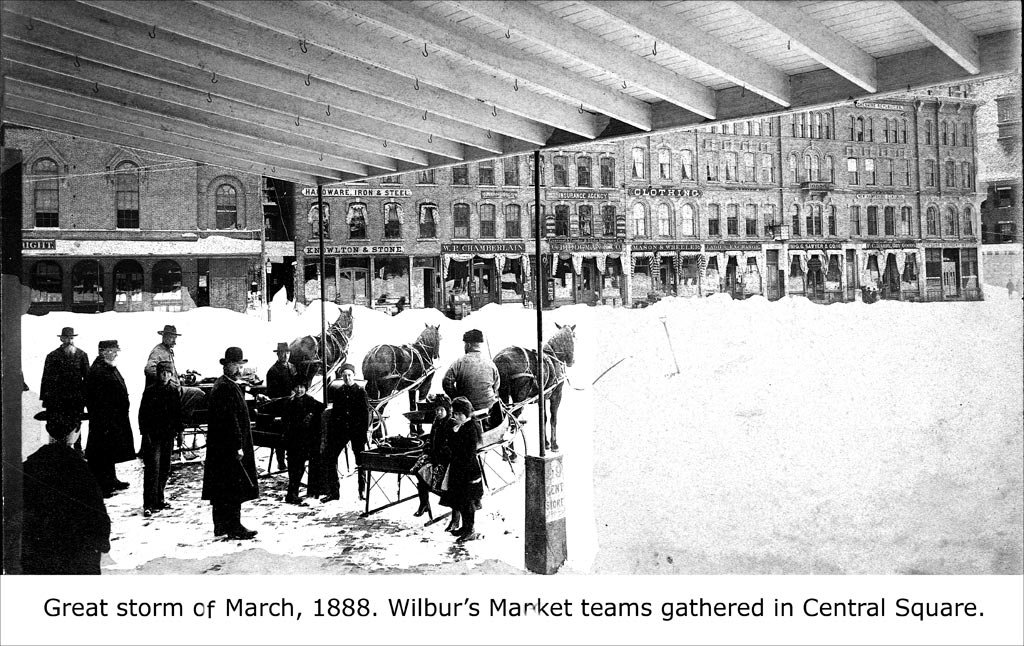
Picture this: you’re walking your loyal Golden Retriever through Central Park when suddenly the sky turns an ominous gray-white. Within hours, what started as gentle flakes becomes a monstrous wall of white that would make even the most winter-loving Husky seek shelter. This was exactly what New Yorkers faced during the legendary Great Blizzard of 1888.
This catastrophic storm paralyzed the East Coast from Chesapeake Bay to Maine from March 11-14, 1888, dumping between 10 to 58 inches of snow across New Jersey, New York, Massachusetts, Rhode Island, and Connecticut, with sustained winds exceeding 45 mph creating snowdrifts over 50 feet high. New York City itself received 21 inches of snow, but the drifts averaged 30-40 feet high, with drifts commonly reaching 40-50 feet throughout the area. Imagine trying to find your beloved pup in drifts that could bury three-story buildings!
Over 400 people perished during this storm, including 200 in New York City alone, many literally buried in drifts in downtown Manhattan. The aftermath led New York to begin placing telegraph and telephone infrastructure underground, while fire stations were immobilized and property loss from fire alone reached $25 million. For dog owners of that era, the simple act of letting their furry companions outside became impossible for days.
The Boxing Day Massacre of 1947

Christmas had just passed, and New Yorkers were settling into their post-holiday routines when Mother Nature delivered an unwelcome gift. On December 26th, 1947, a snowstorm brought 26.4 inches of snow to New York City, and while the total exceeded the Blizzard of 1888, it had a much milder impact on the city.
This Category 3 northeastern storm disrupted transportation in New York City for more than a week, resulting in 77 reported fatalities and surpassing the snowfall of the Blizzard of 1888, with Central Park reporting 26.4 inches in just 24 hours. Dog owners found themselves trapped indoors with restless pets, creating makeshift indoor exercise routines that would make any modern dog trainer proud. The storm’s timing during the holiday season meant many people were away from their regular routines, making pet care even more challenging.
This storm held the record as New York City’s greatest snowfall until it was finally surpassed in 2006. For those hardy souls who braved the elements with their four-legged friends, the experience became a bonding adventure they’d never forget.
The December Devastation of 1960

Just as the holiday shopping season was reaching its peak, New York found itself in the grip of another winter monster. Snow began late in the afternoon on December 11th, accumulating 3.6 inches, then continued until shortly after noon on the 12th, totaling 15.2 inches with blizzard conditions prevailing during much of the storm.
Snow fell most furiously between 2:00 and 7:00 AM, when nearly seven inches piled up, making it the largest accumulation so early in the season, accompanied by wind and Arctic cold as temperatures dropped from 21° to 9° by midnight. For dog owners, this meant bundling up their pets in whatever winter gear they could find, though most canine winter clothing hadn’t been invented yet.
The storm resulted in at least 286 deaths across a wide area, with fatalities from automobile accidents, maritime incidents, storm-related fires, carbon monoxide poisoning, over-exertion, and exposure to cold. The New York Stock Exchange opened an hour late on December 12, marking its first delayed opening in over 25 years, while the storm had a significant economic impact during the crucial Christmas shopping period.
The February Freeze of 1967

February in New York can be brutal, but 1967 brought a one-two punch that left even the most winter-hardy residents and their pets shivering. One day after 2.7 inches of snow fell during the morning, a blizzard buried the City with 12.5 inches of snow in a 12-hour period from 5 AM to 5 PM, with the day’s high and low temperatures reaching just 16°/9°.
The heavy snow fell at a rate of an inch or more for six consecutive hours, while winds gusting between 25-35 mph produced wind chills between -5° and -15°. These conditions were so severe that even thick-coated breeds like German Shepherds and Alaskan Malamutes couldn’t stay outside for extended periods. Smart dog owners of the era learned to time their pets’ bathroom breaks between the worst gusts.
The extreme cold made this storm particularly memorable, as the bitter wind chills created dangerous conditions for both humans and animals. Many New Yorkers reported their dogs refusing to go outside, leading to creative indoor solutions that tested the patience of both pets and their owners.
The Late March Surprise of 1967
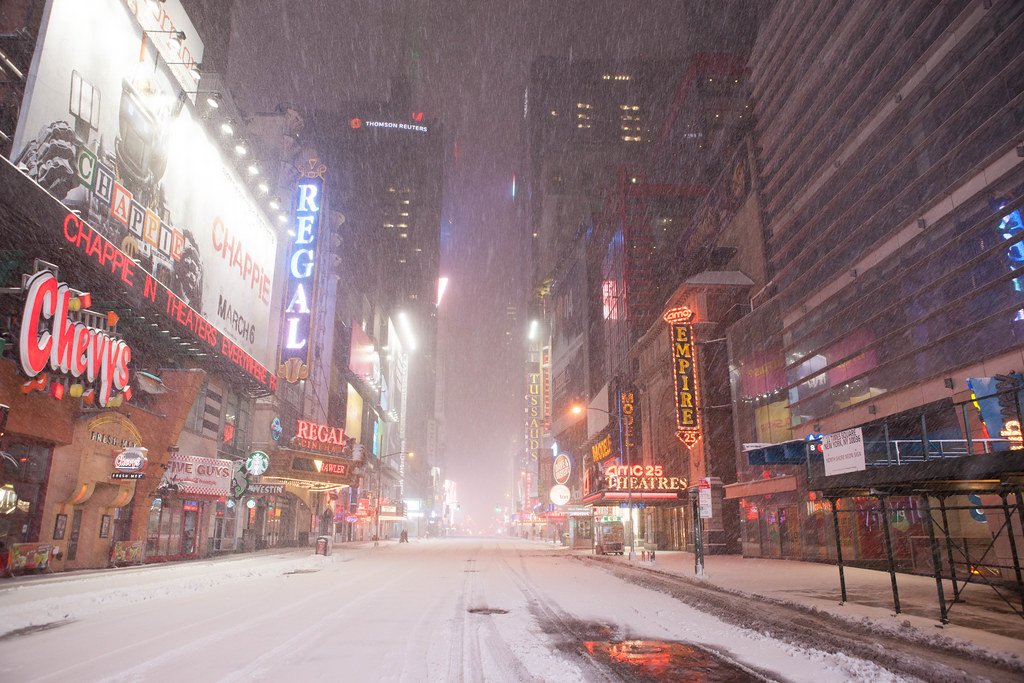
Just when New Yorkers thought winter was behind them, March delivered one final brutal reminder of who was really in charge. One of New York’s latest snowstorms dumped 9.8 inches through mid-afternoon on March 22nd, with the day’s high of 32° being 20 degrees below average, coming just three days after a morning low of 8° – the latest date on record for single-digit temperatures.
In the 45 days since February 6th, an incredible 41.0 inches of snow had fallen, with snow reported on twelve different days. For dog owners who had started to put away winter gear and look forward to spring walks in the park, this late-season storm was particularly cruel. Many pets had already begun their spring shed, leaving them less protected against the unexpected cold snap.
This storm served as a harsh reminder that in New York, winter doesn’t follow the calendar. Dog owners learned the hard lesson of keeping winter coats and boots handy well into spring, a practice that savvy pet parents continue today.
The April Fool’s Blizzard of 1982
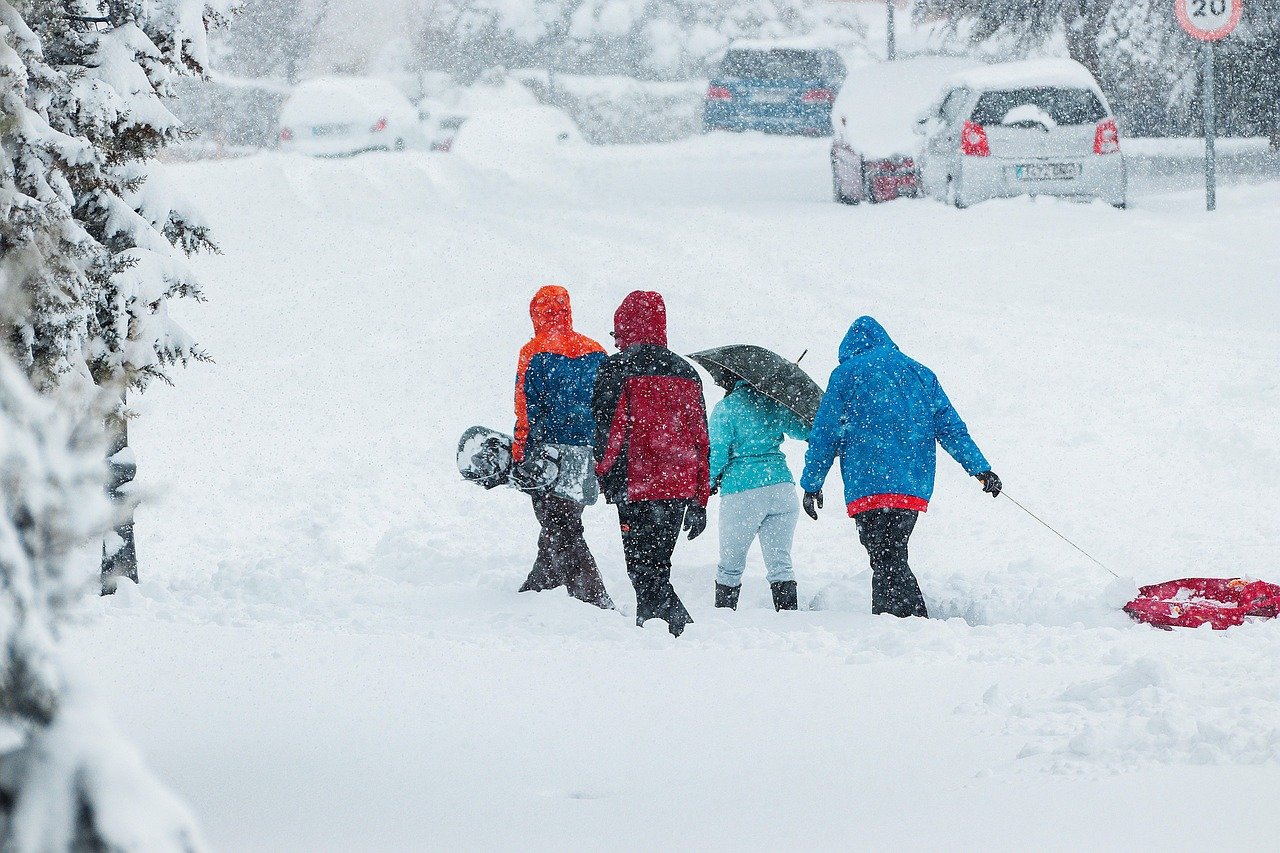
Mother Nature played the ultimate April Fool’s joke on New York in 1982, delivering a late-season surprise that caught everyone off guard. After just 1.1 inches of snow had fallen in February and March, a blizzard dumped 9.6 inches on the City on April 6th, less than a week before Easter, with more than a foot falling in New Jersey and Westchester County.
The storm started as rain in the pre-dawn hours and changed over to snow mid-morning, lasting through late afternoon, with temperatures falling to a record low of 21° by midnight – the most snow to fall so late in the season since ten inches fell on April 3, 1915. Dogs who had been enjoying weeks of spring-like weather suddenly found themselves back in winter wonderland conditions.
The timing of this storm was particularly cruel for pet owners who had already packed away winter gear and were looking forward to longer walks and outdoor play sessions. Many dogs seemed as confused as their owners, having already adjusted to warmer weather and longer daylight hours. This storm became a legendary example of New York’s unpredictable weather patterns.
The Monster Storm of February 1983

The winter of 1983 had already been challenging, but nothing prepared New Yorkers for the monster that arrived in February. A massive snowstorm moved in Friday afternoon and continued until the early hours of Saturday morning, really cranking up between 8-11 PM when six inches of snow came down, ultimately piling up 17.6 inches – the biggest snowfall in New York since 1978.
The blizzard of 1983 dumped so much snow on New York City that cars were stranded on the Brooklyn-Queens Expressway. For dog owners, this meant being trapped indoors for days with increasingly restless pets. The intensity of the snowfall made it impossible to even attempt short walks, forcing creative indoor exercise solutions.
This storm tested the limits of both human and canine endurance. Dogs accustomed to regular outdoor exercise found themselves cooped up for extended periods, leading to destructive behavior and restless energy that challenged even the most patient pet parents. The storm’s duration and intensity made it a defining moment for many New York dog owners.
The Blizzard of ’96
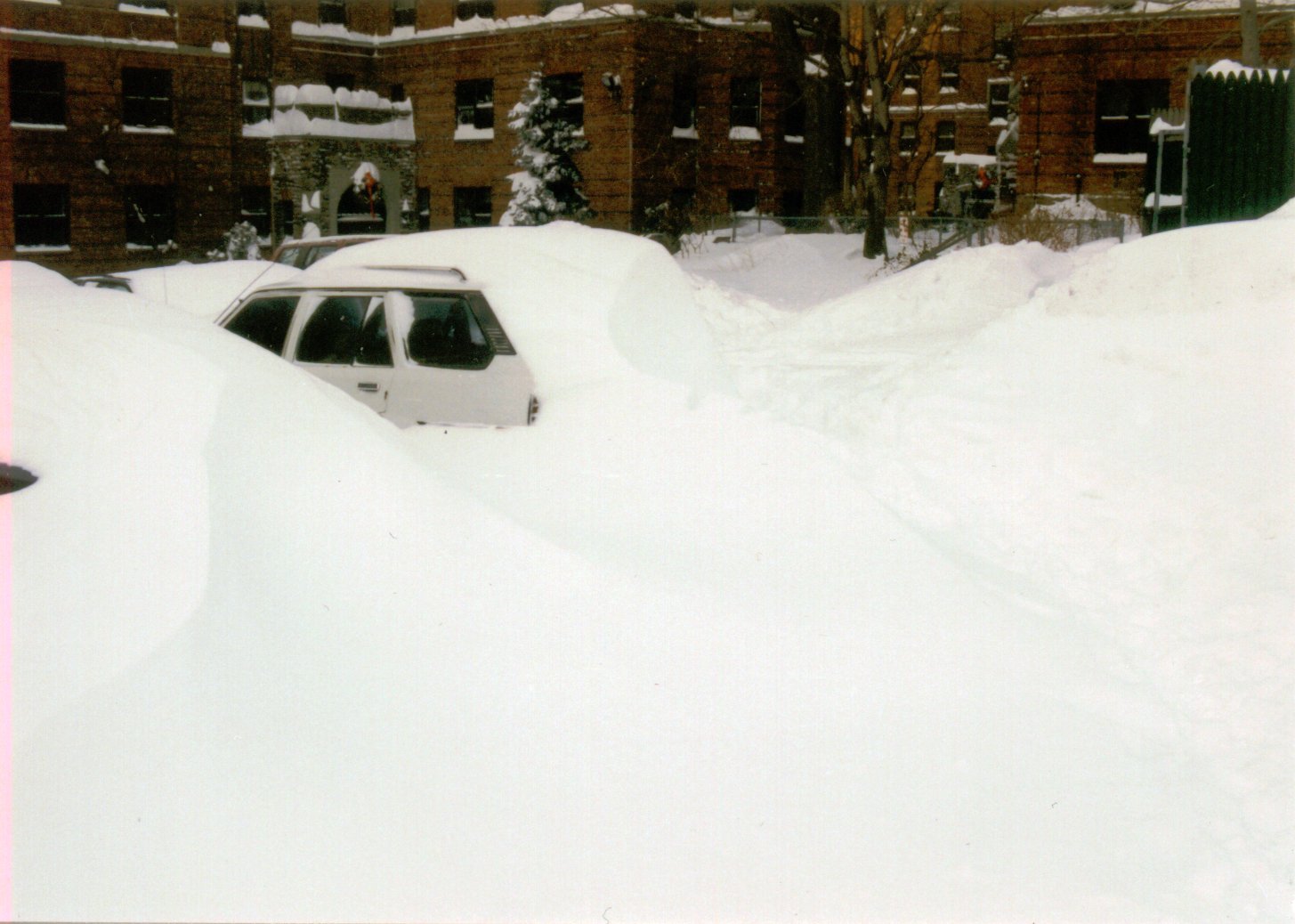
For millennials who grew up in the New York area, this storm holds a special place in winter storm lore. A crippling blizzard began Sunday afternoon and continued until early afternoon the next day, immobilizing an area from West Virginia through Massachusetts and dumping 20.2 inches on Central Park – the third greatest snow total in New York’s history.
At one point, five inches of snow fell between 5-7:00 PM on January 7th, while wind gusts of 40-50 mph whipped the snow into three and four-foot drifts on side streets. Millennials who grew up in the Mid-Atlantic region probably remember this storm as the perfect snow week, as schools were closed for several days, though New York City proper suffered 20.2 inches while nearby suburbs were slammed with up to 30 inches.
For dog families, this storm created magical memories. Children and their furry best friends experienced snow days together, building snowmen and having epic snowball fights. Many dogs discovered the joy of deep snow for the first time, with smaller breeds disappearing completely into the drifts, creating hilarious and heartwarming moments that families still laugh about today.
The Record-Breaking Blizzard of 2006
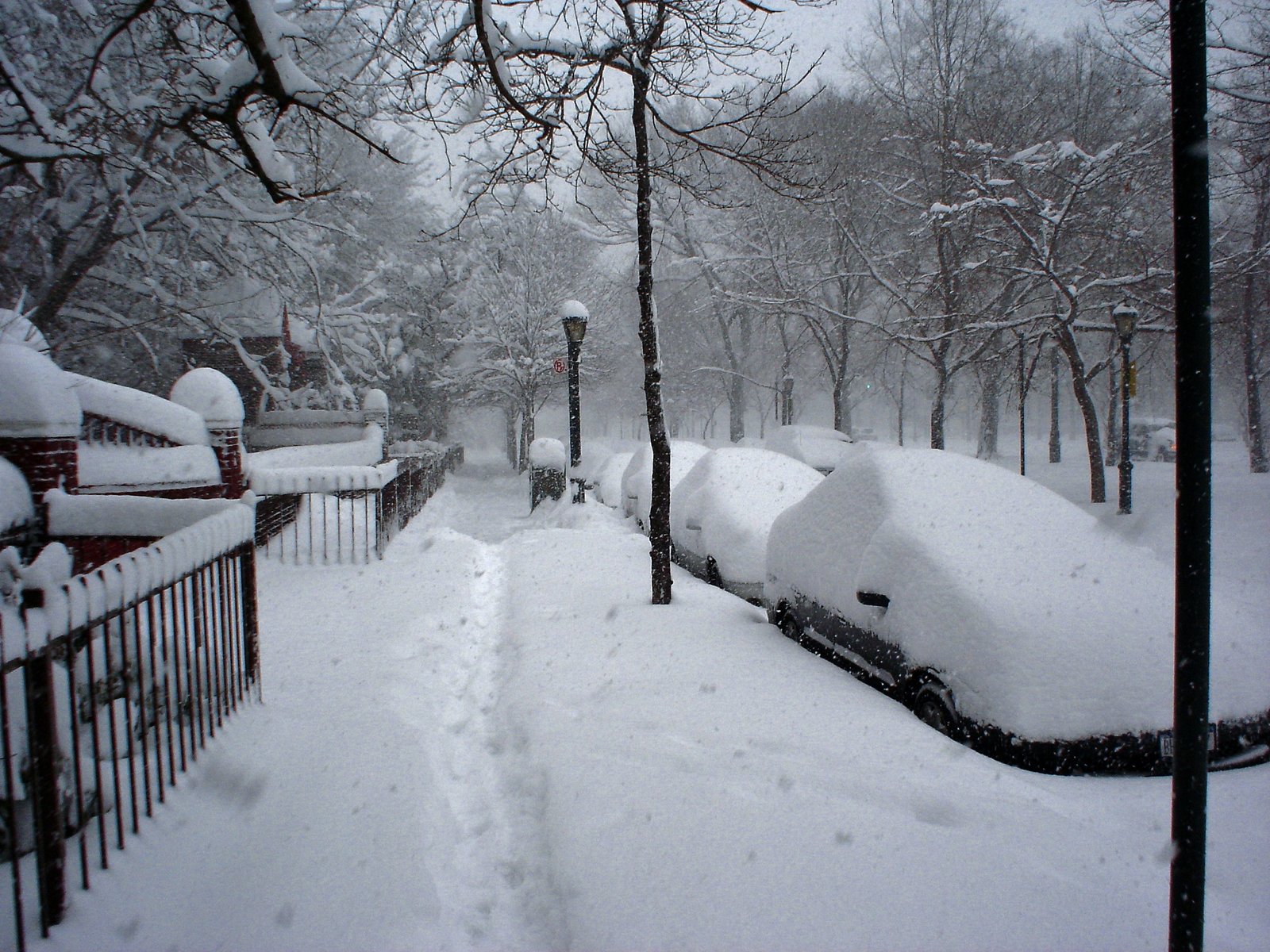
This storm literally rewrote the record books and left an entire generation of New Yorkers with unforgettable memories. The North American Blizzard of 2006 hit East Coast cities from Baltimore to Boston, but few places got more than the Big Apple, with a full 26.9 inches dumping on NYC – the highest snowfall ever counted by government records.
On the morning of February 11, 2006, a snow storm arrived in NYC that shattered all previous records of snowfall since record keeping began in 1869, creating extensive chaos and covering streets with almost 27 inches of snow. Fortunately, the storm came over the weekend when most city residents were not required to travel to work or school, and Con Edison did not report any power outages due to the dry texture and lightness of the snow.
For dog owners, this record-breaking storm created once-in-a-lifetime experiences. Many shared photos and videos of their pets experiencing snow deeper than they were tall. Social media was just becoming popular, making this one of the first major snowstorms to be extensively documented by pet parents sharing their furry friends’ snow adventures online.
The February Fury of 2010

New York had already been dealing with winter weather when February delivered another powerful punch. February 2010 was a busy time for snow in the Mid-Atlantic region, with Snowmageddon crippling Washington, D.C., and Maryland earlier in the month while New York got just a sprinkling, but then on February 25, Gotham got its own Snowicane – a nor’easter that dropped 20.9 inches.
This storm earned the nickname “Snowicane” due to its intensity and the way it seemed to circle and intensify over the region. For dog owners, the repeated storms meant dealing with salt-covered sidewalks and the constant challenge of keeping paws clean and protected. Many pet parents invested in their first sets of dog boots during this challenging winter.
The accumulating impact of multiple storms in quick succession tested the endurance of both pets and their owners. Dogs who initially found the snow exciting began showing signs of winter fatigue, preferring the warmth of their homes to the increasingly treacherous outdoor conditions.
Winter Storm Nemo of 2013
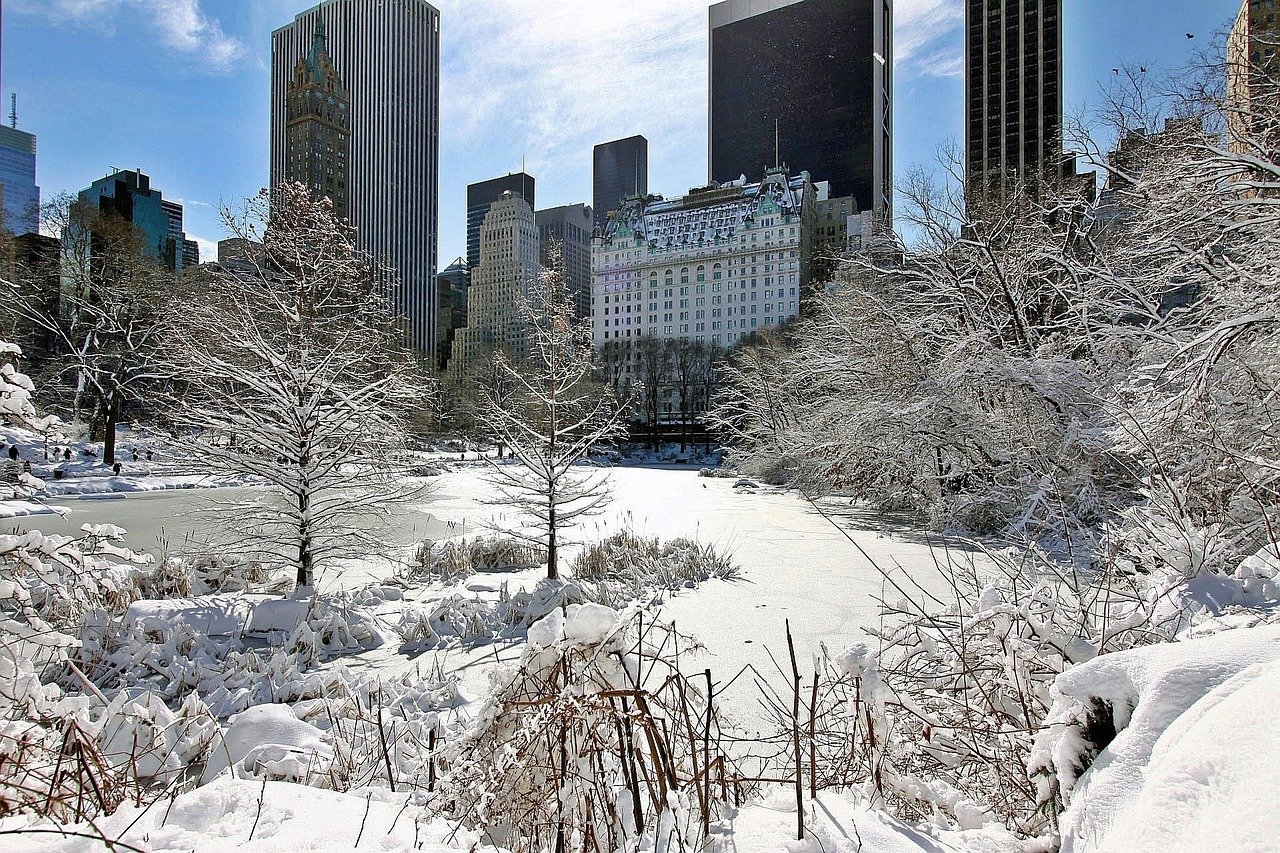
Named after the famous cartoon fish, this storm proved that winter weather could be just as unpredictable as ocean currents. The February 2013 North American blizzard, also known as Winter Storm Nemo, was a powerful blizzard that developed from two areas of low pressure, affecting the Northeastern United States with heavy snowfall and hurricane-force winds, receiving a Category 3 rank on the Northeast Snowfall Impact Scale.
At Central Park in New York, 11.4 inches of snow was recorded, while other parts of the city accumulated as much as 16 inches, and much of Long Island was hit with over 2 feet of snow, with snowfall as high as 33.5 inches being recorded in some areas. While not as severe in Manhattan, the storm’s impact on surrounding areas affected many dog owners who commuted with their pets or had extended families with dogs in harder-hit regions.
The Weather Channel named this February 2013 storm Nemo, continuing their controversial practice of naming winter storms. For dog owners, the storm’s movie-inspired name made it easier to remember and discuss, though the impact was no less challenging for pets trying to navigate the snowy conditions.
The Historic Jonas Blizzard of 2016
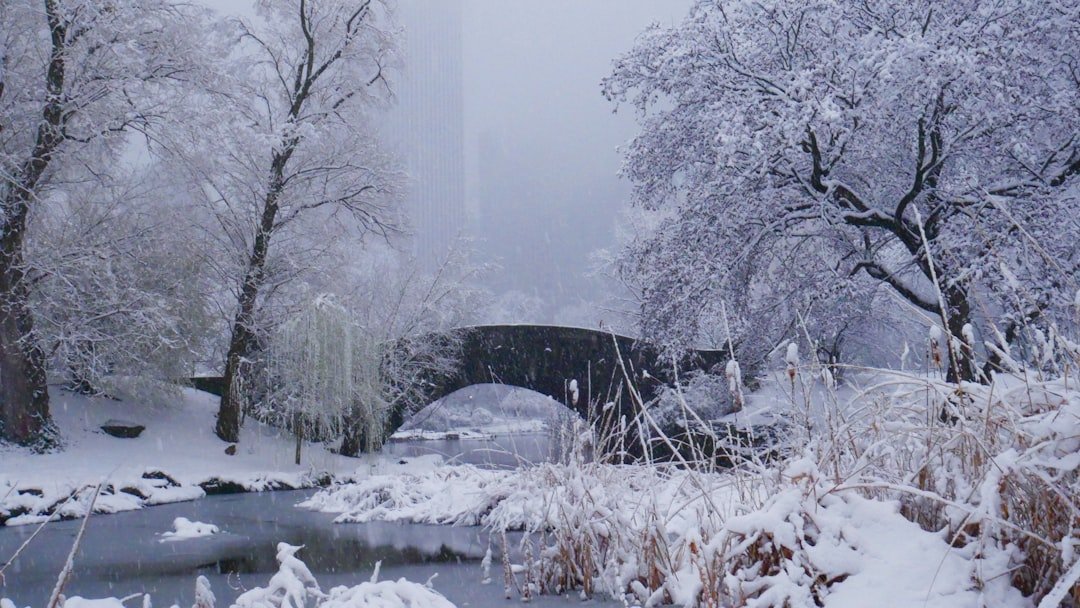
This storm arrived with the full force of modern weather forecasting behind it, giving New Yorkers unprecedented warning – but that didn’t make it any less devastating. The January 2016 United States blizzard was a deadly, historic and crippling blizzard that produced up to 3 feet of snow in parts of the Mid-Atlantic and Northeastern United States during January 22–24, 2016.
At Central Park, a storm-total accumulation of 27.5 inches was observed, the highest total on record for the city since observations began in 1869, surpassing the previous record of 26.9 inches measured during the February 2006 blizzard. Winter Storm Jonas forced 11 governors and the Washington, D.C., mayor to call a state of emergency, with travel banned in New York and New Jersey for two days and 26.8 inches falling in the city.
This storm represented the pinnacle of modern winter weather preparation. Dog owners received detailed forecasts days in advance, allowing them to stock up on supplies, arrange pet care, and even plan special indoor activities. Many pet parents used social media to share real-time updates of their dogs’ reactions to the historic snowfall, creating a digital archive of canine snow adventures.
The Thanksgiving Nightmare of 1989
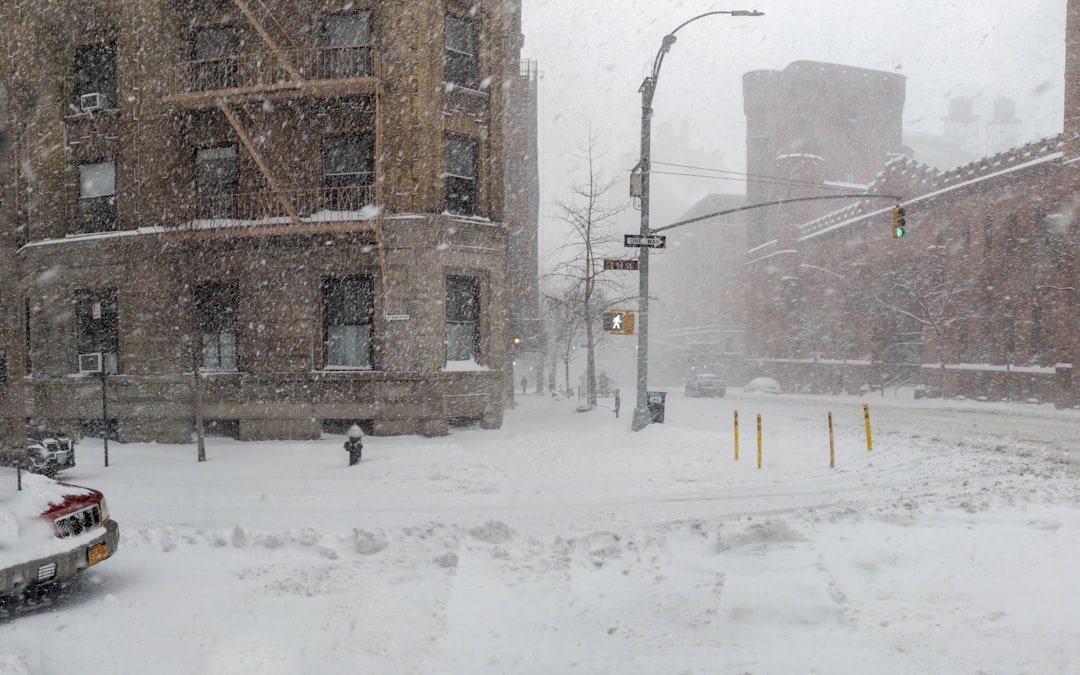
Nothing ruins holiday plans quite like an unexpected blizzard, especially when millions of Americans are trying to travel to spend time with family – and their beloved pets. This storm turned the busiest travel day of the year into a nightmare, with many stranded travelers not making it to their destinations on Thanksgiving, marking the greatest November snowstorm on record.
At Albany, NY, the temperature fell from 41°F at midnight to 1°F at 10:30 AM, with rain changing to snow and winds increasing to 50 MPH with gusts to 67 MPH, though officially only 3 inches of snow was measured while visibility was near zero during morning commute. The rapid temperature change and dangerous conditions made travel impossible for pet owners who had planned to bring their furry family members to holiday gatherings.
Two fatalities were reported, including a man who died from exposure to cold and another who was blown off a tugboat into the Hudson River, while winds downed trees and power lines causing outages. For dogs and their families, this storm became a lesson in the importance of having emergency supplies and backup plans for holiday travel with pets.
The March Madness Storm of 2017
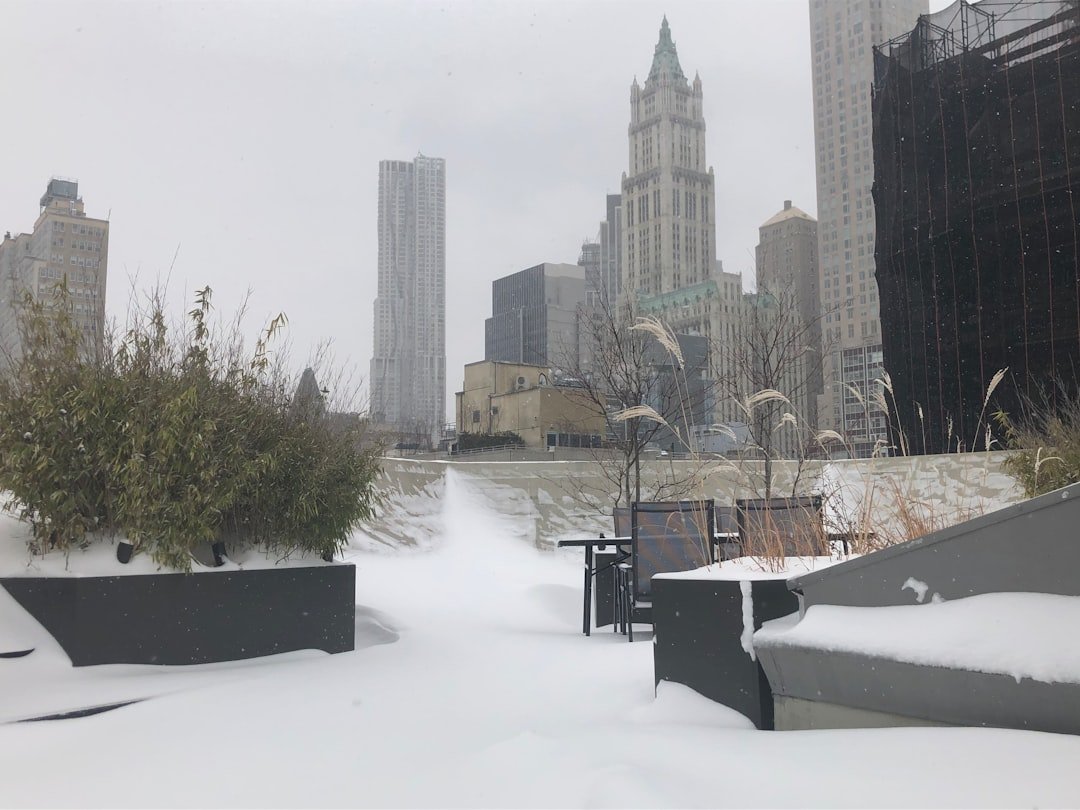
Just when New Yorkers thought winter was winding down, March delivered one final spectacular show. March 14–15, 2017, saw a Nor’easter that combined with a storm over the Great Lakes, dumping 15.4 inches on the Hill, causing the University to close for 28 hours – the first day-plus closure since 1993.
While this storm particularly affected upstate New York, its impact rippled throughout the region. Dog owners in the affected areas found themselves dealing with late-season snow that was particularly wet and heavy, making it challenging for pets to navigate. The timing caught many off guard, as spring training and longer walks had already begun.
This storm served as a reminder that in New York, winter weather can surprise you well into spring. Many dog owners who had already put away winter gear found themselves scrambling to find boots and coats for their pets, leading to some creative improvisation with towels, blankets, and whatever protective gear they could improvise.
The Surprise Lake Effect Storm of 1966
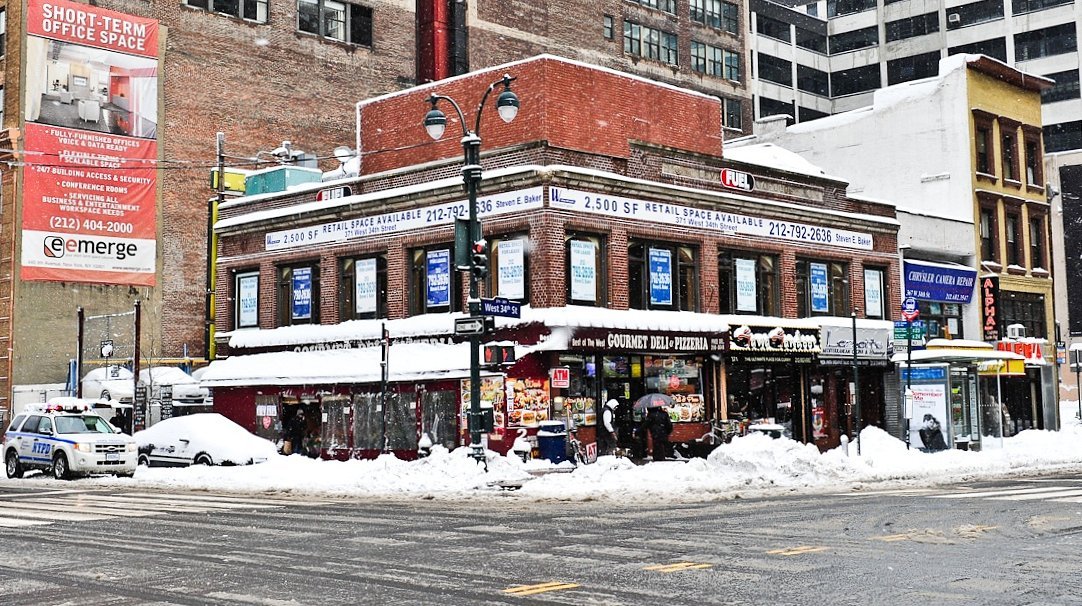
While not always the most talked about, lake effect storms can create some of the most challenging conditions for both humans and their four-legged companions. An unexpected blizzard made for dangerous driving conditions near East 42nd street, where gale-force winds and a foot of snow brought cars and buses to a stop in 1967.
Lake effect storms are particularly challenging for dog owners because they can develop rapidly and create highly localized conditions. One neighborhood might be dealing with a few inches while just blocks away, residents are trapped by several feet of snow. This unpredictability makes it difficult to plan walks or outdoor activities.
For dogs, lake effect storms often mean sudden changes in weather conditions that can be disorienting. The heavy, wet snow that typically accompanies these storms can be particularly difficult for smaller breeds to navigate, while the rapid accumulation means that familiar walking routes can become impassable in just a few hours.
A New York Winter Legacy
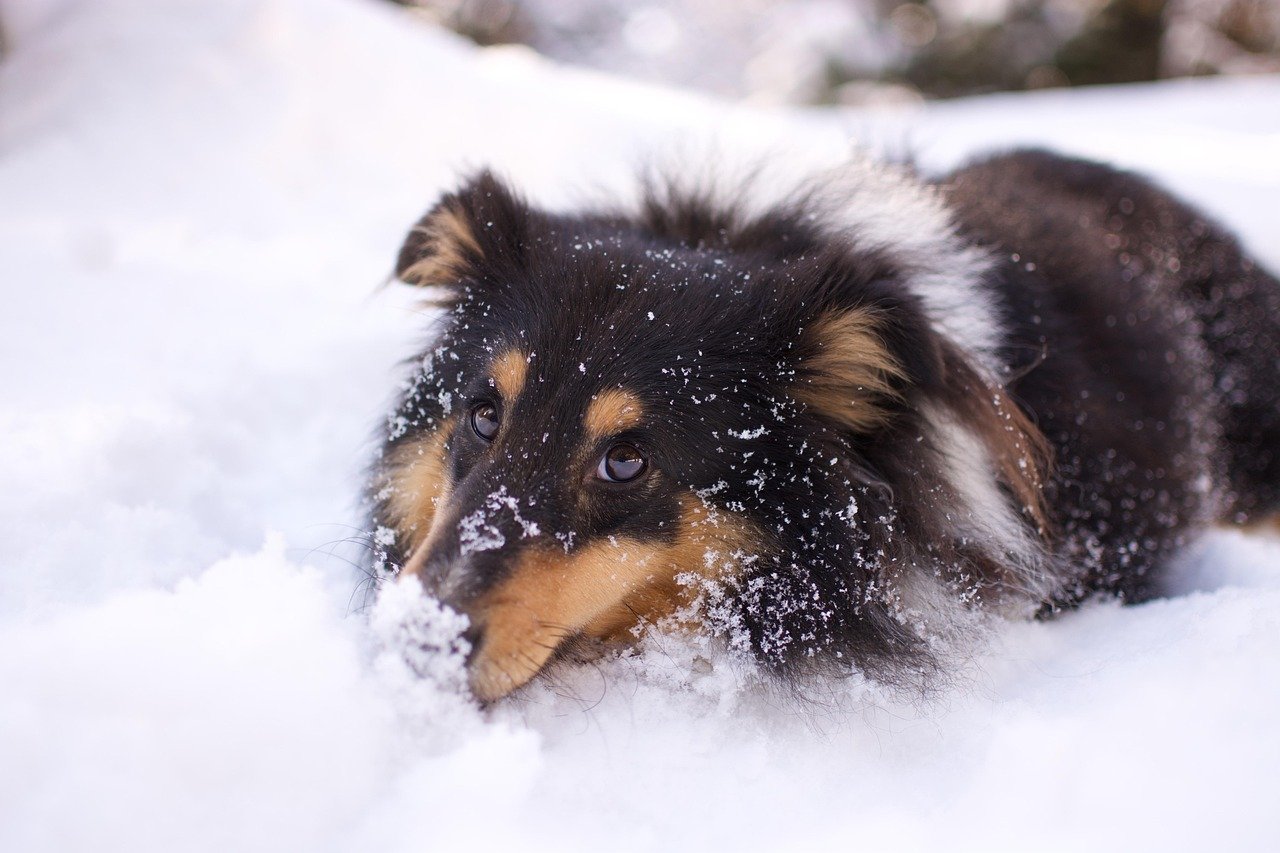
These fifteen historic blizzards represent more than just weather events – they’re chapters in the story of how New York and its residents, both human and canine, have learned to adapt and survive in one of the world’s most challenging urban winter environments. Each storm taught valuable lessons about preparation, resilience, and the unbreakable bond between people and their pets.
From the horse-and-buggy days of 1888 to the social media documentation of modern storms, New York’s blizzards have evolved alongside the city itself. What hasn’t changed is the way these extreme weather events bring out both the best and most creative sides of pet ownership. Whether it’s fashioning makeshift snow boots from plastic bags or creating indoor obstacle courses to tire out energetic dogs, New York pet parents have proven remarkably adaptable.
For dog lovers, these storms represent some of life’s most memorable moments – watching a puppy experience deep snow for the first time, helping an elderly dog navigate icy sidewalks, or simply cuddling with a furry friend while watching the world turn white outside the window. In a city that never sleeps, these blizzards create rare moments of stillness, bringing families closer together and reminding us that sometimes the best adventures happen right at home. What memories will the next great New York blizzard create for you and your four-legged family member?




